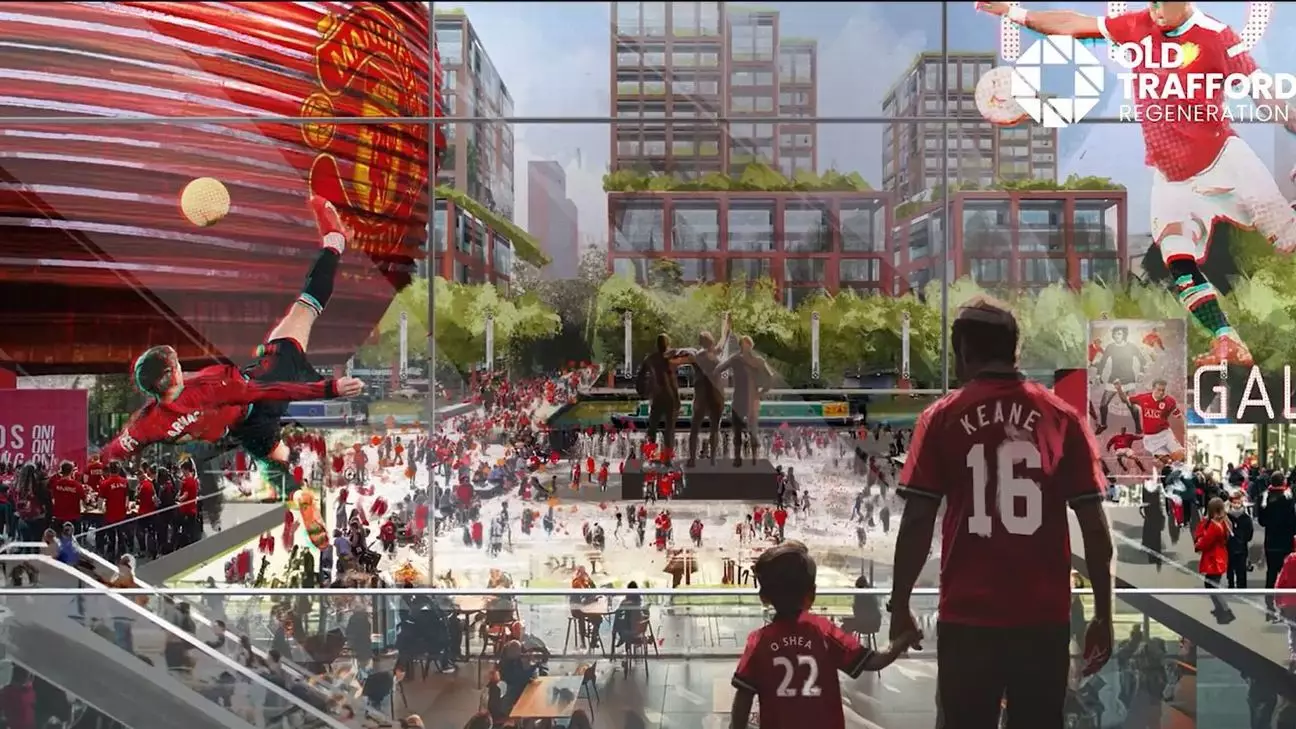Manchester United’s ambition to revitalize its iconic Old Trafford stadium has received an important boost following the UK government’s endorsement. Chancellor Rachel Reeves openly expressed her support for the club’s plans, positioning the redevelopment as a central element in the UK’s new, more aggressive planning strategy. The government’s championing of this project signifies a shift toward more progressive development policies aimed at stimulating both local and national economies.
This governmental backing is not merely ceremonial; it has the potential to facilitate significant investments and improvements in the surrounding community. The announcement included plans for a comprehensive regeneration scheme in Old Trafford, encompassing housing, commercial enterprises, and community spaces, all designed to rejuvenate the area. This initiative aligns with the government’s broader goal of driving economic growth through innovative and ambitious development projects.
Omar Berrarda, Manchester United’s CEO, articulated the club’s vision, emphasizing that a modernized or newly built stadium could serve as a catalyst for broader regeneration across Greater Manchester. Berrarda’s statement underscored the interconnectedness of the club’s ambitions with the community’s needs and the importance of collaborative efforts among local authorities. This holistic approach can potentially create a vibrant district that not only meets the requirements of the club but also enriches the lives of residents and visitors.
Yet, what lies ahead involves careful planning and consideration of various economic factors. While the club is prepared to shoulder the cost of the stadium itself—estimated to exceed £2 billion—the collaboration with local government entities is essential for realizing the full potential of the surrounding area. With Mayor Andy Burnham and Trafford Council fully engaged in this transformative project, there lies a rare opportunity to create something that transcends sports and genuinely enhances community life.
As Manchester United deliberates between two options—redeveloping the existing Old Trafford stadium or constructing a brand-new facility—the stakes are undeniably high. Reports suggest that club executives, including co-owner Sir Jim Ratcliffe, are leaning toward building a new 100,000-capacity arena, rather than modifying the current structure to accommodate an estimated 87,000 spectators. This option, while more challenging and time-consuming, could fundamentally redefine the match-day experience and strengthen the club’s brand globally.
The task force’s findings reveal a lengthy and costly journey ahead, with some estimates placing the construction timeline at six years. Despite the associated challenges, the potential advantages are considerable. A state-of-the-art stadium could attract higher revenues and foster a stronger local economy, aligning perfectly with the government’s development objectives.
The future of Manchester United’s iconic stadium is intertwined with a vision that extends beyond just football. The strategic collaboration between the club, local governments, and community stakeholders is crucial to ensuring this ambitious project fulfills its promise. As the summer deadline for a final decision approaches, it is imperative that all parties remain committed to nurturing a project that not only enhances the stadium but also revitalizes Old Trafford as a thriving area for years to come. The potential for creating a landmark destination where sports, culture, and community converge is immense, and if executed thoughtfully, could leave a lasting legacy for generations.

